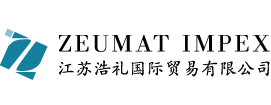China’s population is aging rapidly, and by 2025, the generation born in 1964 will be retiring. This group has benefited from decades of economic growth, stable pensions, and increased free time. Known as “active older adults,” they possess significant purchasing power and a growing interest in products and services that enhance their quality of life. Unlike the older elderly, they are informed consumers and open to adopting new technologies.
Japan’s experience offers a glimpse into the future: there, people over 60 hold 35% of the available cash and accumulate significant financial assets. Although China lacks directly comparable data, it is evident that elderly Chinese, most of whom own mortgage-free homes and have stable incomes, play a crucial role in family consumption decisions.
Brands seeking to capture this segment should focus on products that encourage socialization, promote health, and address emotional needs. Additionally, e-commerce in China is an effective way to reach these increasingly digital consumers.

 21 de March de 2025 -
21 de March de 2025 - 